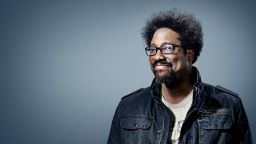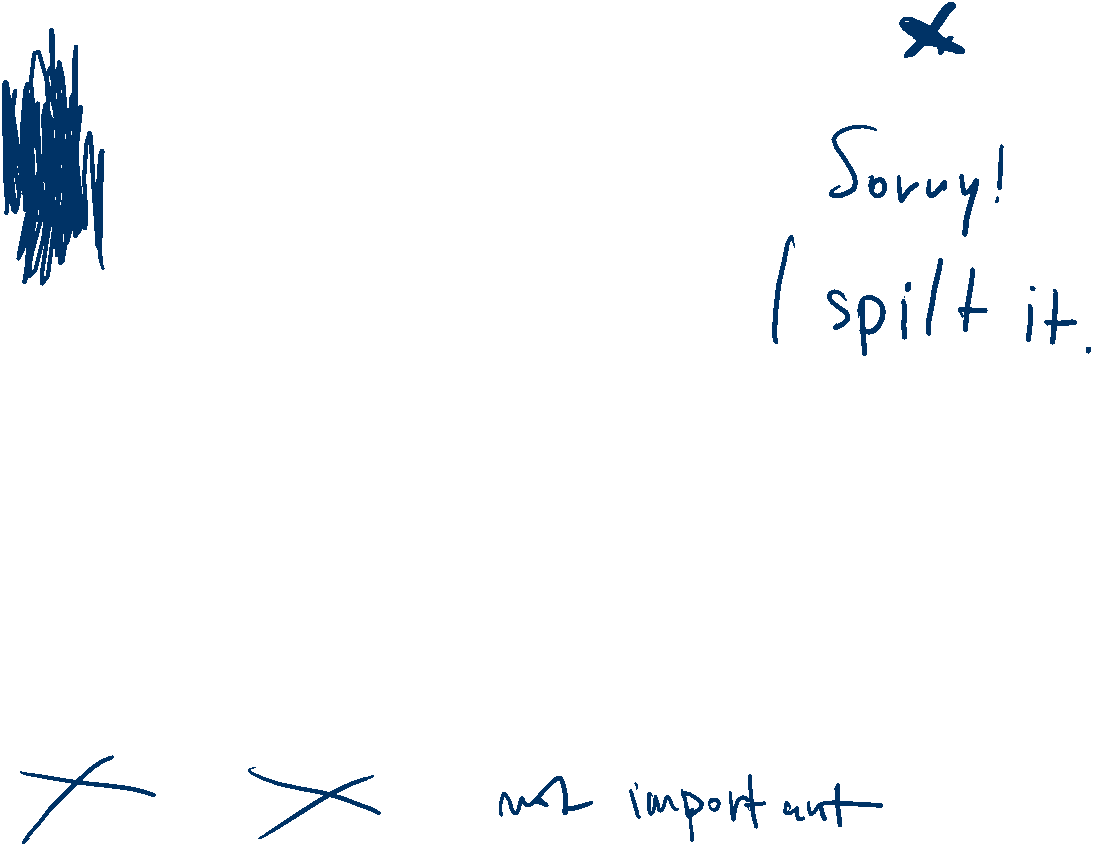Editor’s Note: W. Kamau Bell is a sociopolitical comedian and the author of “The Awkward Thoughts of W. Kamau Bell: Tales of a 6’4”, African-American, Heterosexual, Cisgender, Left-Leaning, Asthmatic, Black and Proud Blerd, Mama’s Boy, Dad, and Stand-Up Comedian” (Dutton). The third season of CNN’s “United Shades of America with W. Kamau Bell” airs Sundays at 10 pm ET. The views expressed in this commentary are solely his.
For season three of “United Shades of America,” we decided to do something a little different.
In the premiere episode of the first season of “United Shades of America,” I famously had a conversation with members of the Ku Klux Klan. In the first episode of the second season, I interviewed formerly famous white nationalist Richard Spencer.

Well, I hate to disappoint you with some bad news, but the premiere episode of season three is free of white supremacists.
Well that’s probably not entirely true. I didn’t have everybody I talked to sign affidavits. But as we all know, white supremacy exists throughout this country, whether its representatives show up or not.
What’s true is that I’m not sitting down to talk to a specific white supremacist. There’s no Ku Klux Klan. There are no “alt-whites.” There’s not one moment where I think I’m in danger of dying or even creeped out by smiling people who want me dead. There’s no money shot of a white person telling me how little respect they have for me or my people and me glaring back in disapproval. Sorry not sorry. I’m just over it. It’s time for a change.
So while this episode isn’t a “scary premiere” like we have done in the last two seasons, it is maybe one of the most important episodes we have ever done. And within it are the three questions that hover over every episode of season three: Who are we? Who do we want to be? Can’t we do better? My answers are: We are the United States of America. We want to be a shining example to the globe of how tremendous wealth, tremendous opportunity, and tremendous freedom can benefit all those who want to participate in this grand experiment — regardless of whether they were born here. And yes, we can do much better.
And there is no better place to see how that all plays out than in this episode, because I’m taking you to the US/Mexico border.
Specifically, I’m taking you to Nogales, Arizona, and Nogales, Sonora, Mexico – one city divided into two by an imaginary line that we think is real because we are taught in schools it is called a border. And on that border is a wall, or a fence, or a barrier, or whatever you want to call it (depending on what you are trying to prove in your conversation). And the people I meet in this episode – people who live on each side of the border – seem like they are always the last ones considered in that conversation.
Among all the many discussions I had in this episode (and we packed a lot of them in), there was one that pointed out the ludicrous nature of the whole border debate our President and the GOP have forced us to take part in. I sat down with Edward D. Manuel and Verlon M. Jose, respectively the chairman and the vice chairman of the Tohono O’odham Nation. The Tohono O’odham are the indigenous people of the Nogales area. Their land extends into both countries, the United States and Mexico. But (and it’s a big “but”), the Tohono O’odham lived in this area way before there was a United States or a Mexico. Their land existed for generations, and then an imaginary line split it in two. The border makes it incredibly challenging for their people to just live on their land. As Manuel succinctly put it to me, “We didn’t cross the border. The border crossed us.” Damn.
It is this kind of illogical nonsense that totally characterizes the border debate in this country. Everywhere you turn in the border debate, there are things that many of our politicians (and their followers) say they want that are completely antithetical to what makes sense or is productive for both countries.
When you hear President Donald Trump talk about the border, he talks about crime of all types. He makes the US/Mexico border sound like a Mad Max movie. I’m not trying to claim there isn’t crime in Mexico (or the United States, for that matter), but from my time spent down there, I can say it is nothing like what Trump has ginned up his base to believe it is: a place where he needs to send the National Guard to stop the barbarians at the gate, wall, barrier, whatever.
But that is what is happening. All the border states – California, Arizona, New Mexico and Texas – have agreed to send National Guard troops to the border. Having been to both sides of Nogales, I have no idea what the National Guard will do there. On the American side there is very little of anything going on, very few people, very few jobs, and little commerce. On the Mexican side, streets are bustling with people and energy everywhere you turn. The difference is how hard it is to move across the border, even legally. Believe me, people on the Mexican side would love to give us some of their money, but the border security is so “secure” that in addition to keeping criminals out, it is keeping the money out, too. No one I talked to on either side seemed in fear for their lives the way the GOP wants us to believe they are.
Don’t get me wrong. I’m not here to tell you everything is going great down there. I learned from a number of people I met for this episode how America’s border policies have been making life harder for a lot longer than just the 18 months President Trump has been in office. From the first border patrol under President Calvin Coolidge in 1924 to the first mass deportation under President Dwight Eisenhower in 1954 (called “Operation Wetback” – yes really) to the first barrier on the border under President Bill Clinton in 1994, many US presidents, on both sides of the aisle, have mistaken having more border security as being better for America.
Even President Barack Obama, who looks better every day to many on the left, earned the nickname the “Deporter in Chief” for the record-setting number of people he deported during his time in office. I learned in the episode that more border security just makes lives harder on the people who live there – no matter which side they live on.
And I talked to a lot of people on both sides of the border and all sides of the issue. I met with people on the streets of both Nogales-es: border patrol agents; an engineer who talked about the ethics of building Trump’s wall; a white woman named Betty who lives right up against the border in Bisbee, Arizona; my friend, the artist and activist Favianna Rodriguez; The Kino Border Initiative (where I met recent deportees); the Pima County Office of the Medical Examiner; and the Colibri Center for Human Rights. The last two places are where I saw the real human cost of our border policy: the many unidentified dead who don’t make it across and whose bodies are never claimed.
I even randomly met a woman who lives in a house that was known as “El Chapo’s Tunnel House.” Yup, that El Chapo.
And none of the people who live near the border seemed to be living in fear. And no one who was asked seemed to think that a bigger, bolder, Trump-ier wall was going to solve anything. In fact, the fear was that it would make a hard situation (people who cross the border in the United States are seeking jobs or safety) much worse. And as the people at the morgue showed me, it is already horrifically bad.
So again, I didn’t interview obvious enemies this season, because at this point I think we know who the enemies are. The system is the enemy. As Martin Luther King Jr. said, “Injustice anywhere is a threat to justice everywhere.” Well, if you’ve read the news,there is injustice EVERYWHERE! And we all have to work harder to turn the tide against it. If we aren’t doing that actively and continually then we are the enemy we have been looking for. Collectively, we – everyone in America – are the enemy. But we don’t have to be. Welcome to season three of United Shades of America.









































